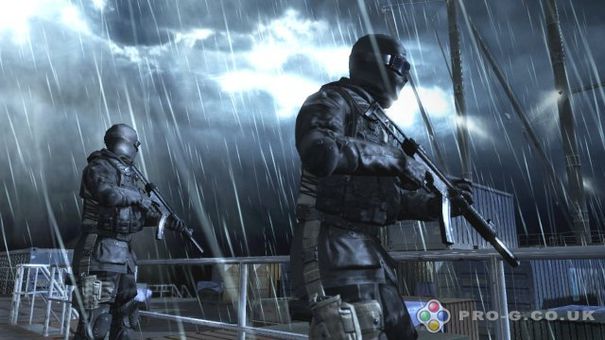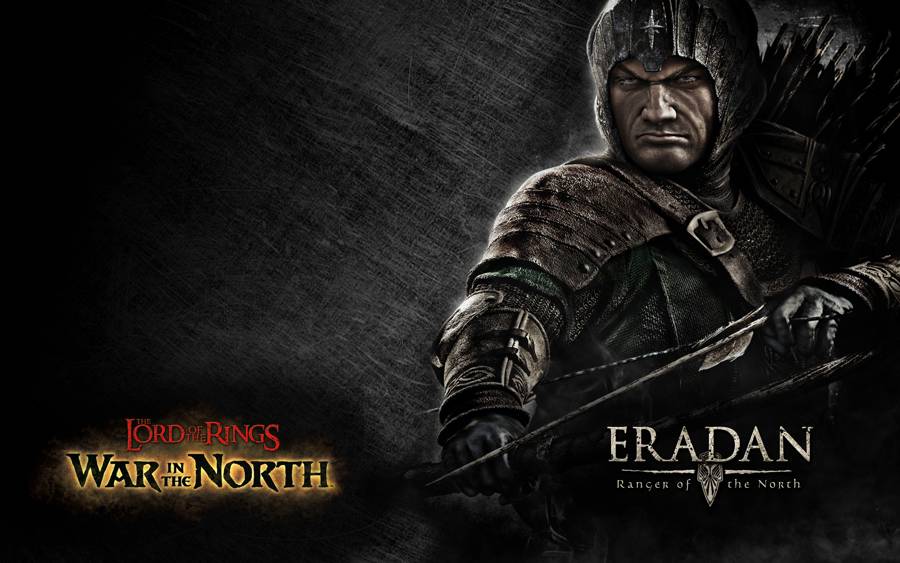In today's complex entertainment industry a very large player in the game is the issue of home video game systems. Since the first Atari, kids and young adult from all over the globe have been fascinated by the nicest graphics and the best user experience that each individual system is capable of offering. Consumers are constantly pushing the demand for more and more complex and graphically impressive games. What is not typically understood is the fact that despite what software trickery game designers use, they will always been limited by the software capability of the equipment in which they need the game to play on. While the hardware isn't the end all to the video game system war, it makes for the most intelligent place to start an investigation at. For the purpose of this article, we are going to look at the Wii.
Nintendo Wii
The Nintendo Wii continues Nintendo's long quest to dominate the home video game market. While successful in the late 1980's with the Nintendo Entertainment System, and further more in the early 1990's with the Super Nintendo Entertainment System the mid 1990's and early 2000's were a rough period of time for Nintendo. Nintendo released the Wii in the fall of 2006. They had banked their hopes on the idea that the Wii's control scheme would render past controller schemes obsolete. Will it hasn't done that, it has sold extremely well. The games are enjoyable, but unfortunately due to the hardware limitation of the Wii, it is unable to produce the graphical excellence of its two competitors the Xbox 360 and the Playstation 3.
The Wii Features
- A custom built IBM CPU "Broadway"
- A Custom built ATI "Hollywood" GPU
- It's capable of 480p resolution (standard definition)
- It's disc's are capable of hold between 4.7 to 8.5 GB
- Offers both Bluetooth and Wi-Fi
As you can see, the Nintendo Wii doesn't offer many "Thrills" and its CPU/GPU specs have been hidden by Nintendo for some time. Its inability to produce hi-resolution images has significantly hindered its appeal to older audiences; while it's built in wireless system for the controllers has continued to fascinate millions. On the upside, it is shelf space friendly being much smaller than its competitors. Nintendo has continued to release several of its well known Nintendo only lines such as the famous Zelda series, as well as a slew of Mario based games.
What has continued to help the Nintendo Wii survive among its much more muscled up competition is that fact that Nintendo has focused on one critical factor. FUN! This has all but made it a smash hit with younger gamers and parents alike as most of the Wii's titles are perfectly acceptable for younger audiences. The Nintendo Wii also tried to capture the imagination of the health and fit based audience with the release of the Wii Fit. Unfortuantely, while the concept is great and the sales pitch for the device is amazing, the results are much less so. Many critics of the
Nintendo Wii note that it's does little to nothing to facilitate any meaningful or beneficial exercise, thus it will not create a "Fit" individual.
Despite the hardware drawback however, The Nintendo Wii remains to be an excellent example of how sometimes hardware superiority doesn't matter as much as the critical aspect for gaming systems which is simply entertainment. The Wii excel's in terms of entertainment value. For that reason, and almost that reason alone, Nintendo has managed to hit a low cost homerun with the Nintendo Wii. One the upside, you can even backup the Game Disc's in the event of damage or an accidental Microwaving as my 8 year old found out recently.






 Minecraft jungle seed list 1.8 - 1.8.1(7 seeds/videos)
Minecraft jungle seed list 1.8 - 1.8.1(7 seeds/videos) Last Day To Claim Your Call Of Duty Black Ops 3 Loyalty Rewards
Last Day To Claim Your Call Of Duty Black Ops 3 Loyalty Rewards The Witcher 3: Wild Hunt guide and walkthrough
The Witcher 3: Wild Hunt guide and walkthrough The Games Of The Generation: Daves Choice
The Games Of The Generation: Daves Choice LotR War In The North Tharzog Walkthrough
LotR War In The North Tharzog Walkthrough